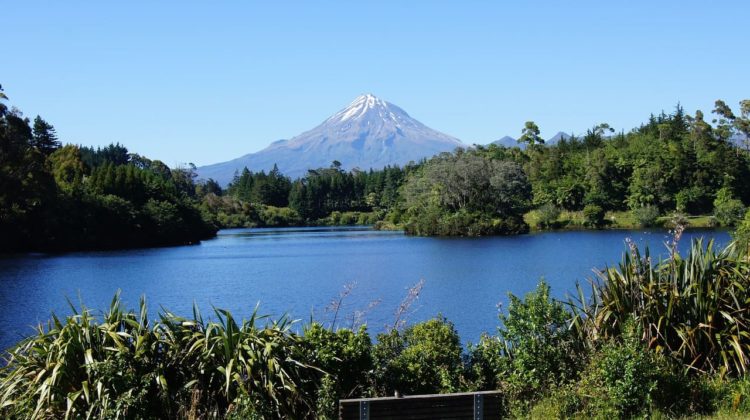
With an eye on the environment, New Zealand
The New Zealand government unveiled plans for a program which aims to tackle greenhouse gas emissions in the building and construction sector, and potentially futureproofs the built environment against the impacts of climate change.
Initially, the Building for Climate Change program will focus on the expansion of insulation and glazing requirements in new homes with the aim of boosting buildings warmth, dryness and ventilation. These initiatives are slated for consultation at the start of next year.
In a statement issued Friday, Jenny Salesa, the country s minister for building and construction, said the scheme would reduce greenhouse gas emissions during the construction of buildings, and while we are living and working in them.
In addition, Salesa said it would prepare buildings for what she described as the ongoing effects of climate change, such as rising temperatures and increased rainfall.
It means changing the way we think about building and construction, she added. Energy efficiency and carbon emissions will become core considerations when building — just as important as cost and aesthetics.
While the program will start out by looking at new builds, the government added that it was likely that changes will also need to be made to existing buildings.
From office blocks to housing, the structures people live and work in have quite a significant impact on the environment.
According to a recent report from the Global Alliance for Buildings and Construction, International Energy Agency and the UN Environment Programme, building construction and operations were, globally, responsible for % of final energy use in .
Published in December , the Global Status Report for Buildings and Construction also stated that, worldwide, the sector accounted for % of energy-related carbon dioxide emissions in .
Whether it s factories that use renewables or buildings that use novel materials, many developers and businesses are now attempting to design and build structures that are both sustainable and beneficial to the people using them.
Just last week John Sisk & Son announced it would build a U.K.-based campus for major lender Santander that will host more than , workers.
Based in the English town of Milton Keynes, the development — a £ million $. million investment — has been designed with an emphasis on sustainability as well as employee wellbeing.
To this end, the project will incorporate a fitness center and its roof will host a walking and running track.
The notion of buildings integrating design features that allow for contemplation and recreation is not new. The White Collar Factory development in Shoreditch, London — which houses firms like Adobe — boasts a running track of meters, for example.
In Australia, tech firm Atlassian recently unveiled plans to construct what it described as the world s tallest hybrid timber building.
The design will incorporate timber and a façade of glass and steel that will also use solar panels and have self-shade capabilities. Plans are also in place for a staggered outdoor garden to be integrated into the structure.
